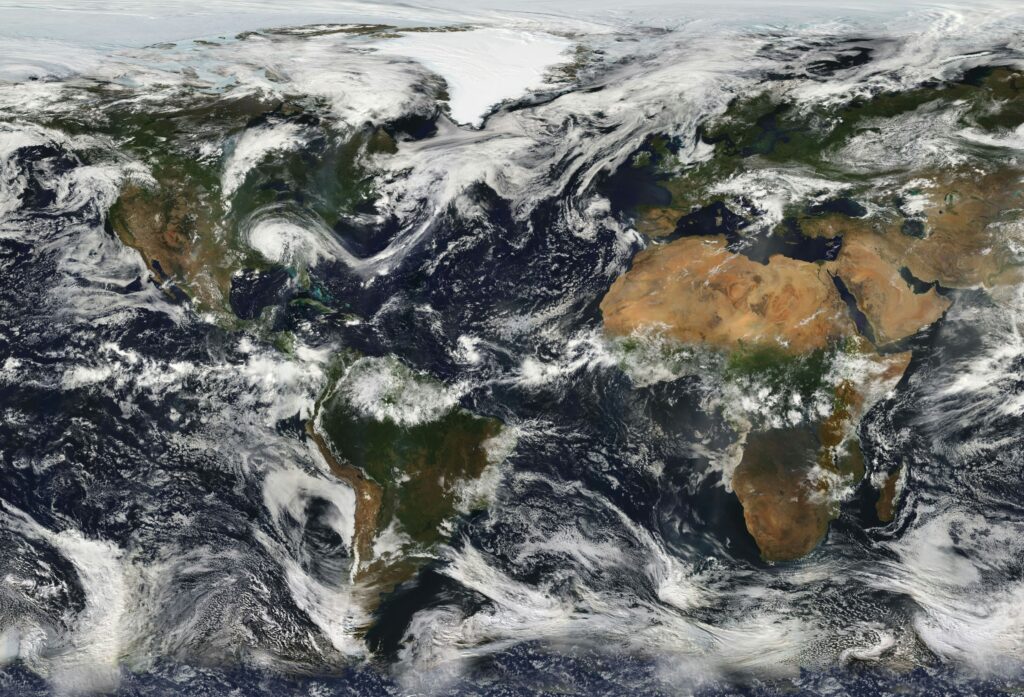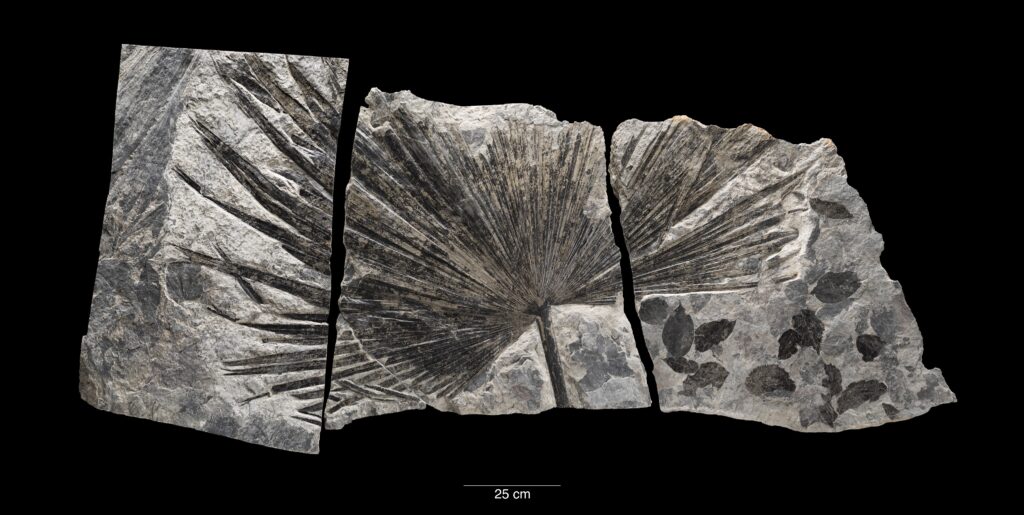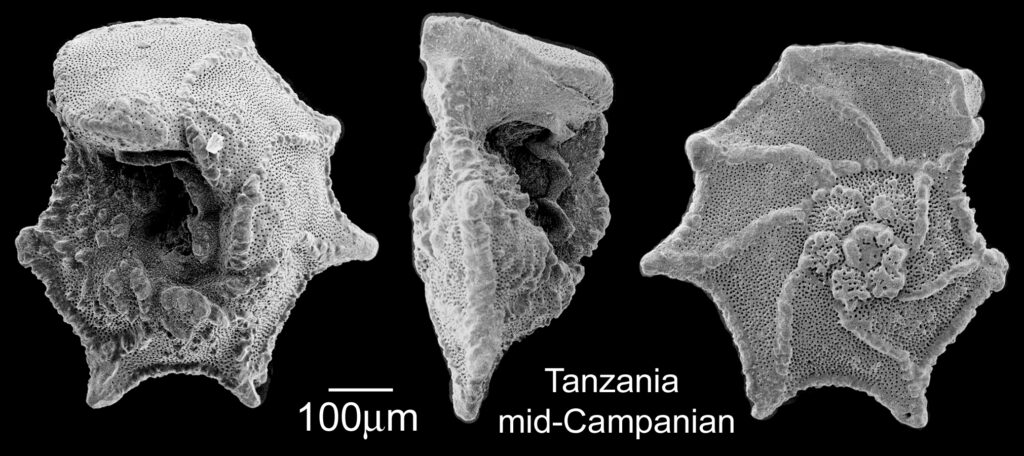Estimating ancient temperatures is crucial for understanding the history of life, and for predicting future climates.
The most detailed glimpse of how the global temperature has altered over the past 485 million years is published today in the journal Science by a team including the universities of Arizona, Bristol and the Smithsonian.
Over the half billion years they studied, life diversified, populated land masses, and endured mass extinctions.

Today’s research reveals how Earth’s temperature is strongly correlated with the carbon dioxide levels in the atmosphere, a bigger factor than, for example, changes in the Sun’s brightness.
Traditional attempts to work out ancient temperatures have relied on disparate, incomplete sets of data and suggested that global temperatures have been colder and less variable, blurring the link with carbon dioxide levels.
The curve of global mean surface temperature revealed by the new study reveals Earth’s temperature has varied more than previously thought since the start of the Phanerozoic Eon (540 million years ago), which was marked by a surge of complex hard-shelled organisms in the fossil record known as the Cambrian Explosion.
‘The new curve shows that Earth’s temperature has ranged between 11-36 degrees C (52–97 degrees F)’, said study co-author Jessica Tierney, a palaeoclimatologist and Thomas R. Brown Distinguished Chair in Integrative Science at the University of Arizona. ‘We were surprised that our planet has such a large and dynamic range of temperature’.
The researchers could calculate the temperature of ancient climates by blending data from the geological record and climate models.
However, although researchers can run computer simulations back to 540 million years ago, the temperature curve in the PhanTASTIC (Phanerozoic Technique Averaged Surface Temperature Integrated Curve) study is constrained by direct geological evidence.

‘We were limited with how far back we could go,’ said Tierney. ‘It’s hard to find rocks that are that old and have temperature indicators preserved in them – even at 485 million years ago we don’t have that many’.
‘This method was originally developed for weather forecasting,’ added Emily Judd, lead author at the Smithsonian National Museum of Natural History. ‘Here we’re using it to hindcast.’
The study provides important context for understanding recent climate change, which in 2100 is expected to exceed what has already been experienced in the past couple of million years. ‘You need to go back even further to periods when the Earth was really warm – that’s the only way we’re going to get a better understanding of how the climate might change in the future,’ commented Scott Wing, co-author, and Smithsonian curator.

Periods of extreme heat were most often linked to elevated levels of carbon dioxide in the atmosphere. ‘Carbon dioxide is the dominant control on global temperatures across geological time,’ added Tierney. ‘When CO2 is high, the temperature is warm.’
The unprecedented speed of warming places species and ecosystems around the world at risk and is causing a rapid rise in sea level. Previous episodes of rapid climate change have also sparked mass extinctions. ‘The planet has been and can be warmer – but humans and animals can’t adapt that fast,’ said Tierney.
For the study, the team collected more than 150,000 estimates of ancient temperature calculated from five different chemical indicators for temperature that were preserved in fossilized shells and other kinds of ancient organic matter.

Their colleagues Daniel Lunt and Paul Valdes at the University of Bristol, supported by the UK’s Natural Environment Research Council, created more than 850 computer model simulations of what Earth’s climate could have looked like during various periods.
The team then combined these two lines of evidence to create what they believe is the most accurate recreation of how Earth’s temperature has varied over the past 485 million years.
A Science Museum gallery, Energy Revolution: The Adani Green Energy Gallery, explores how the world can generate and use energy more sustainably, reducing emissions to limit the impact of climate change.